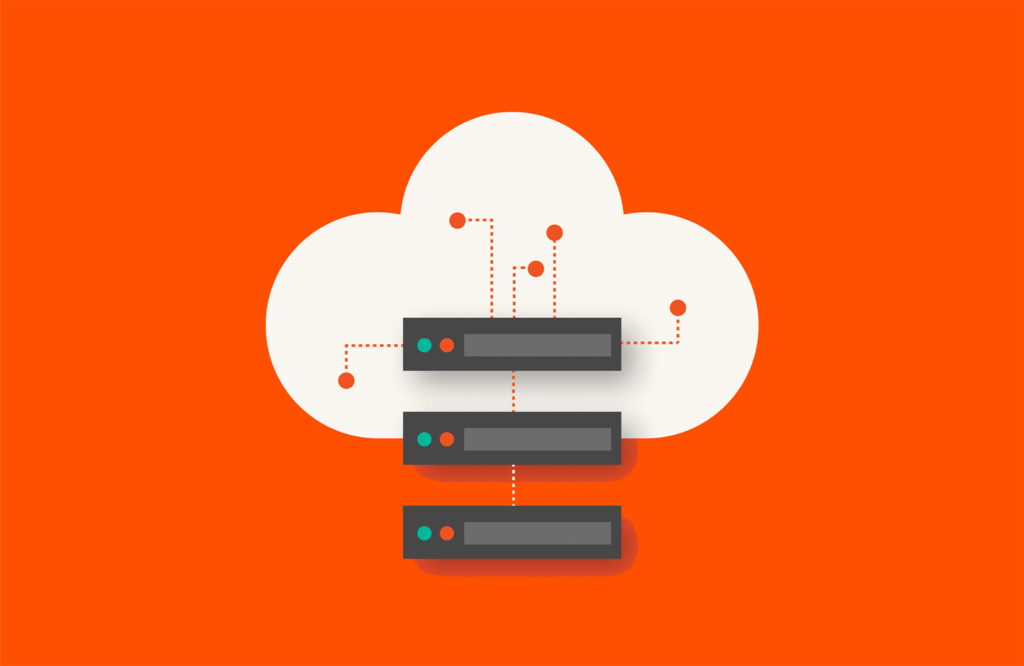When you build an application, you have two primary options for databases: NoSQL or SQL, also known as unstructured and structured databases. Two main contenders for efficient, fast, and scalable databases are MySQL and MongoDB. MySQL has long been a dominant force in structured storage technology, and MongoDB is one of the most popular databases for unstructured data storage. Understanding the differences between the two will help you decide which one is right for your database needs.
The main difference between the two is the way each one stores data. MySQL is a traditional structured database where data is stored in tables with primary and foreign keys that link tables. Every record must be stored in a structured, designed way and any diversions from this design will be rejected. MongoDB is a document-based database, which stores unstructured data in a JSON format with an identification number that identifies the record. Both databases have their advantages and disadvantages and are designed for specific purposes.
How Much Faster Is MongoDB vs. MySQL?
The speed of a database depends on its application and the way it’s configured. MongoDB is usually considered faster because it will store unstructured data without any limitations, compared to the structured rules imposed with MySQL. However, if MongoDB is not configured and set up correctly, it can be a bottleneck in application performance.
MongoDB bottlenecks aren’t always from administrator configurations, so performance can be improved by moving to faster cloud vendors. Another factor in speed is the way queries are designed. Poorly designed queries can restrict speed and create performance issues seen in front-end applications.
MongoDB vs. MySQL: Syntax Differences
In a MySQL database, data is stored in tables structured as columns and rows. Every row is a record and a column stores fields for each row. MongoDB’s storage syntax uses JSON. Using JSON, MongoDB can store unstructured data in a document format. Any missing data from one record doesn’t affect storage, and developers can store random data without worrying about fitting it into a specifically designed table.
The syntax for queries is also very different between the two databases. The following SELECT query is for MySQL:
SELECT * FROM order ORDER BY price;
The syntax for MySQL is similar to other traditional structured databases, so it’s familiar to database administrators and developers. MongoDB has a very different syntax. The same query in NoSQL MongoDB is shown below:
db.order.find().sort( {price: 1} )
Notice that the syntax is very different and that the “order by” clause is changed to a “sort” method in MongoDB. NoSQL can be more difficult for new developers to learn if they are familiar with traditional SQL.
MongoDB vs. MySQL: How Easy Are They to Learn?
For developers already familiar with SQL syntax, MySQL is easier to learn. Much of the MySQL syntax is very similar to other database platforms. The big differences are in the database engines and the way MySQL is set up. Because MySQL has been around since the 1990s, there is plenty of support for the database that will help developers learn the language and platform.
MongoDB syntax is very different, so it’s considered more difficult to learn. For developers responsible for analytics applications, it might be worth learning MongoDB first to familiarize yourself with the syntax immediately. Most developers start with MySQL and move to MongoDB for more advanced queries and data storage.
Will MongoDB Replace MySQL?
Traditional SQL databases continue to have a place in application development and storage. It’s unlikely MongoDB will completely replace MySQL, but it’s possible that both structured and unstructured databases will be used for different purposes in one environment. Developers interested in enterprise programming should learn both platforms to stay competitive in the job market.
Is MongoDB Better than MySQL?
Which database is better is a matter of preference, but it also depends on the application front end. For standard web applications where data can fit into a specifically designed table field, it’s beneficial to use a traditional structured database such as MySQL.
Analytics applications benefit from unstructured databases such as MongoDB. With analytics, big data storage could be up to terabytes of documents that must be analyzed, and MongoDB stores this data as JSON. Every document could have a different set of data that could be used in artificial intelligence and analytics for predictions. For example, if developers plan to build a system that scrapes data from web pages, MongoDB is more convenient and allows for unstructured data storage.
At the end of the day, the MongoDB vs. MySQL debate really boils down to a choice between unstructured and structured data. If the data you store is structured, MySQL is a popular choice. If you need to manage large volumes of unstructured data, MongoDB is a good option.
![]()




